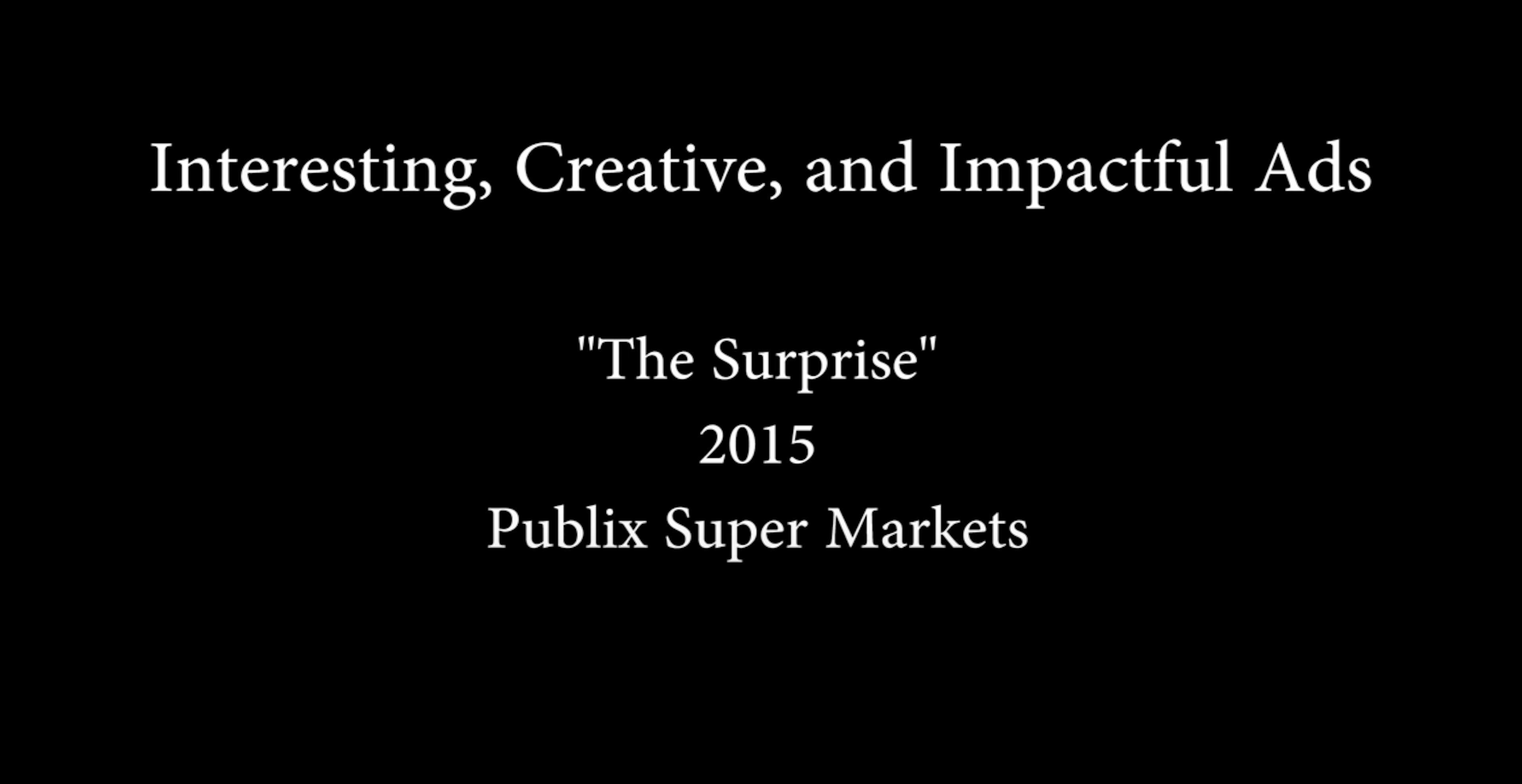

Imagine for a moment that you’re in the market for a new tech PR and lead generation agency. You have two options:
Agency A is an award-winning tech marketing agency representing cloud, cybersecurity, FinTech and HealthIT brands. It provides measurable, data-driven results that make its clients’ reputations thrive and their sales pipelines prosper.
Agency B was founded by a woman with bold dreams, an old laptop and a small family loan. With declining agency-client relationship tenures, she knew the traditional agency model was broken, and set out to bring coherence and consistency to the integration of PR, content marketing, social media and demand generation. She succeeded in creating the first tech firm to integrate demand gen into its services, and the agency was named 2019 Fastest Growing PR Agency and a Best Place to Work six times.
Which agency would you rather work with?
For our frequent blog readers, you won’t be surprised to learn that both of these descriptions describe … us!
Both of the ways I described our agency are necessary components of our marketing content, but if you found yourself feeling more of a connection with “Agency B,” well, that’s the power of storytelling.
While stories often come out naturally in top-of-funnel content like media coverage and speaking engagements, their power should not be ignored in marketing automation and lead generation.
Here are a few ideas to help your demand gen team take a page from PR and content playbooks to drive leads further down the funnel:
Create a multi-part story via email nurture streams. If you have automated emails set up for when prospects conduct certain interactions with your marketing materials or change lead status, these workflows offer the perfect opportunity to weave in storytelling. Break up the workflow into a 3-4 email series that tells a story in parts, providing multiple audience touchpoints and giving recipients a variety of ways to interact with your brand. Case studies are a great way to do this, often flowing naturally into a challenge/solution/results storyline that can be split into various parts.
Another option is to break workflows down into a series of benefits with corresponding stories for each. We did this for one client, turning their typically product-centric emails into a benefit-oriented series. Engagement more than doubled their average click and open rates, proving the value of this marketing style.Use email marketing to tease the first part of a story, requiring an action to learn how it ends. We took a similar approach for client Prevedere, using the first half of email marketing messages to highlight a story currently getting attention in their target industries, and then readers could download more information on how to solve similar challenges. The strategy worked - leading to the fastest sale in the company’s history.
Take a page from the B2C playbook and use storytelling in ads. Confession: Publix holiday ads make me teary. This one, in particular, gets me every time:

But creating an emotional connection isn’t the work of consumer-oriented brands alone. B2B brands can also use storytelling elements in their campaigns. Google, for example, has become a pioneer in telling the stories of small businesses.
As my colleague Anna Ruth recently discussed, stories are 22 times more memorable than just fact, so if you aren’t including elements of storytelling in your lead gen efforts, now is the time. And if you need a tech PR and marketing agency with expert storytelling chops, you can’t go wrong with Agency A or B mentioned above. Give them (us!) a shout.